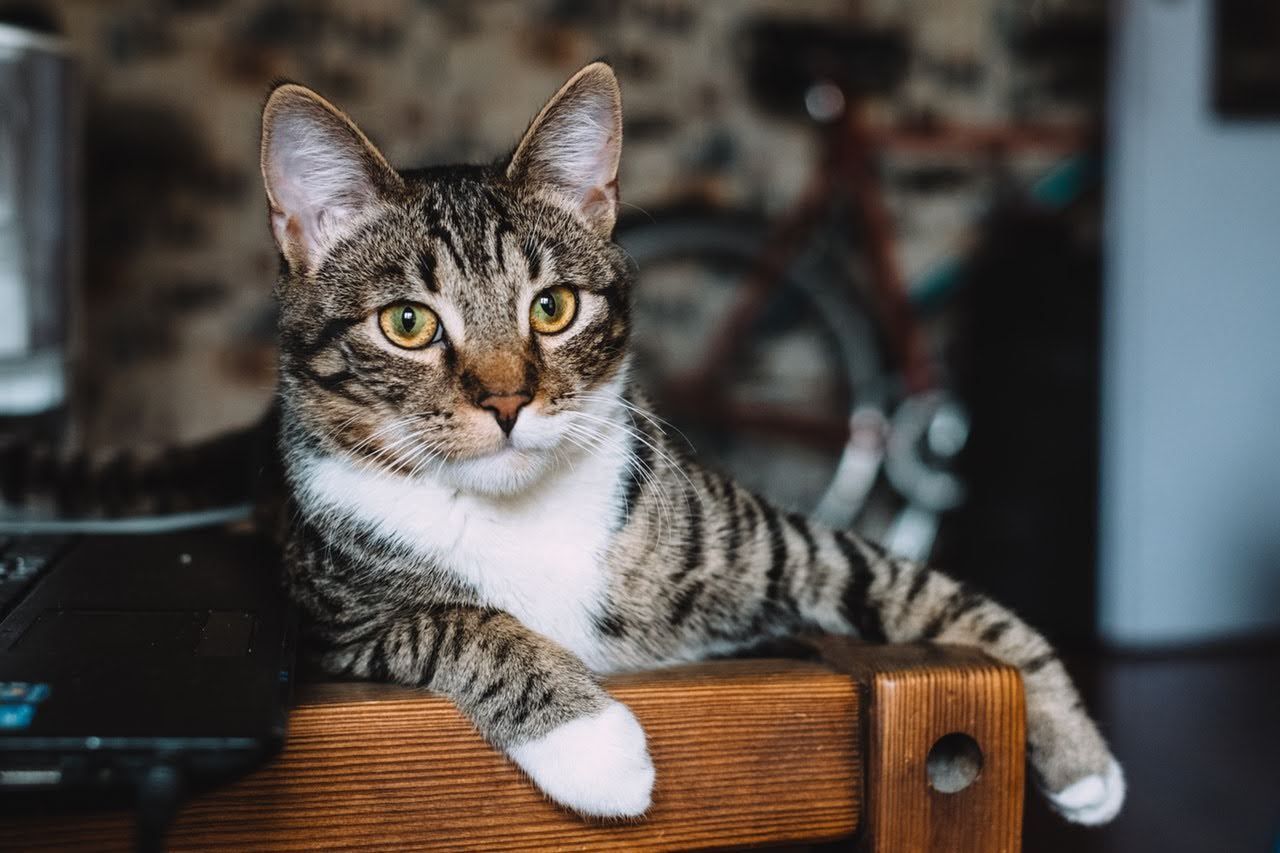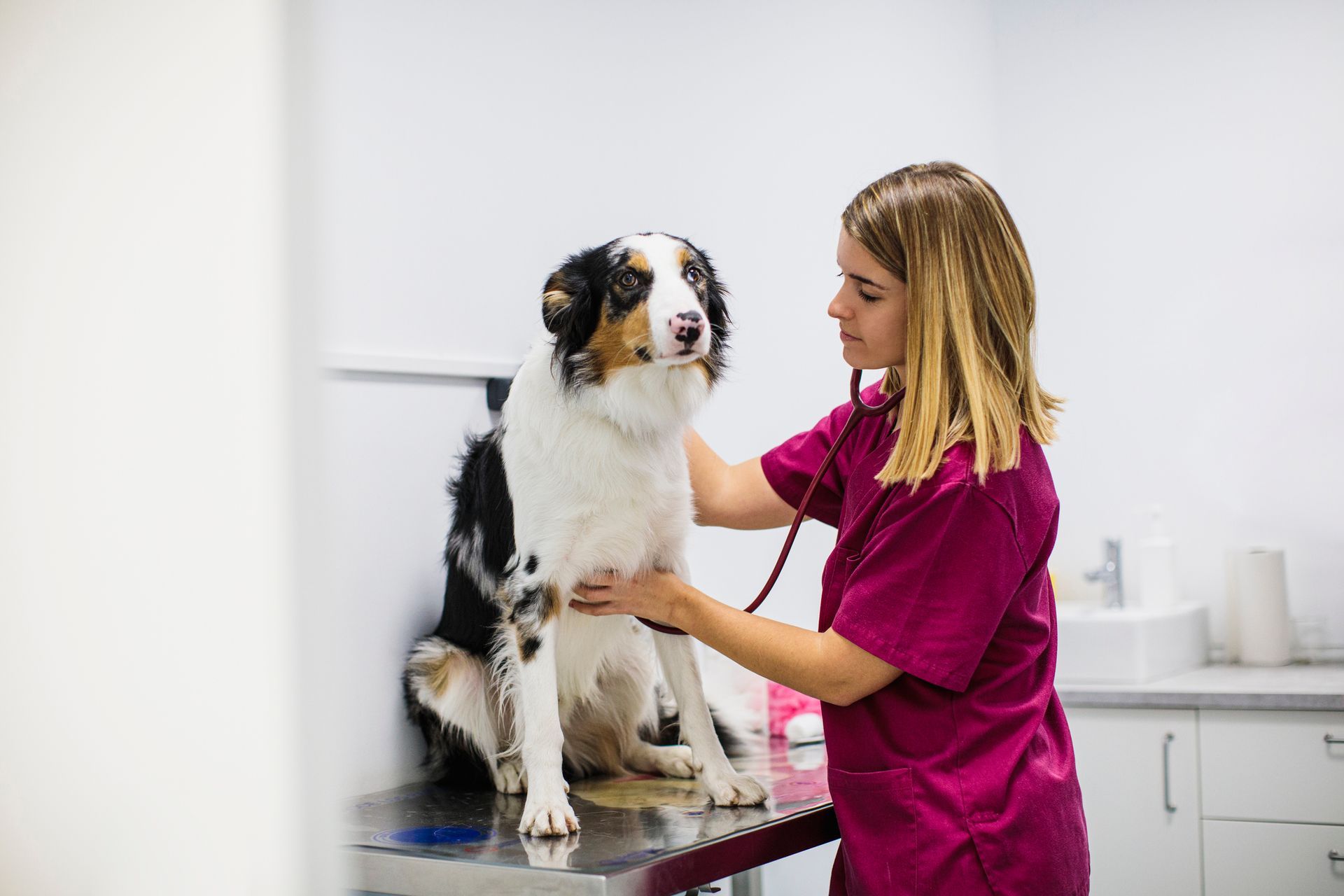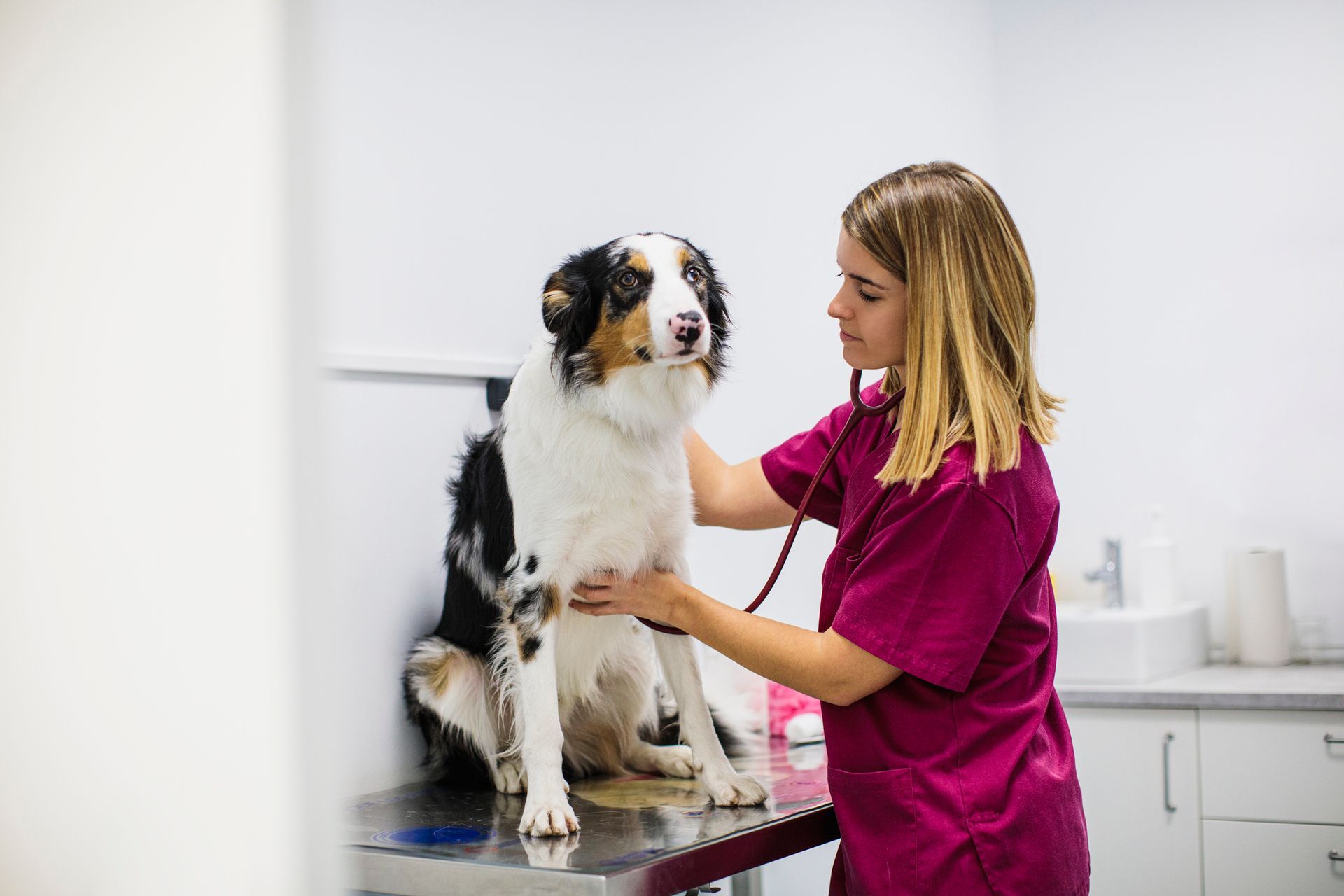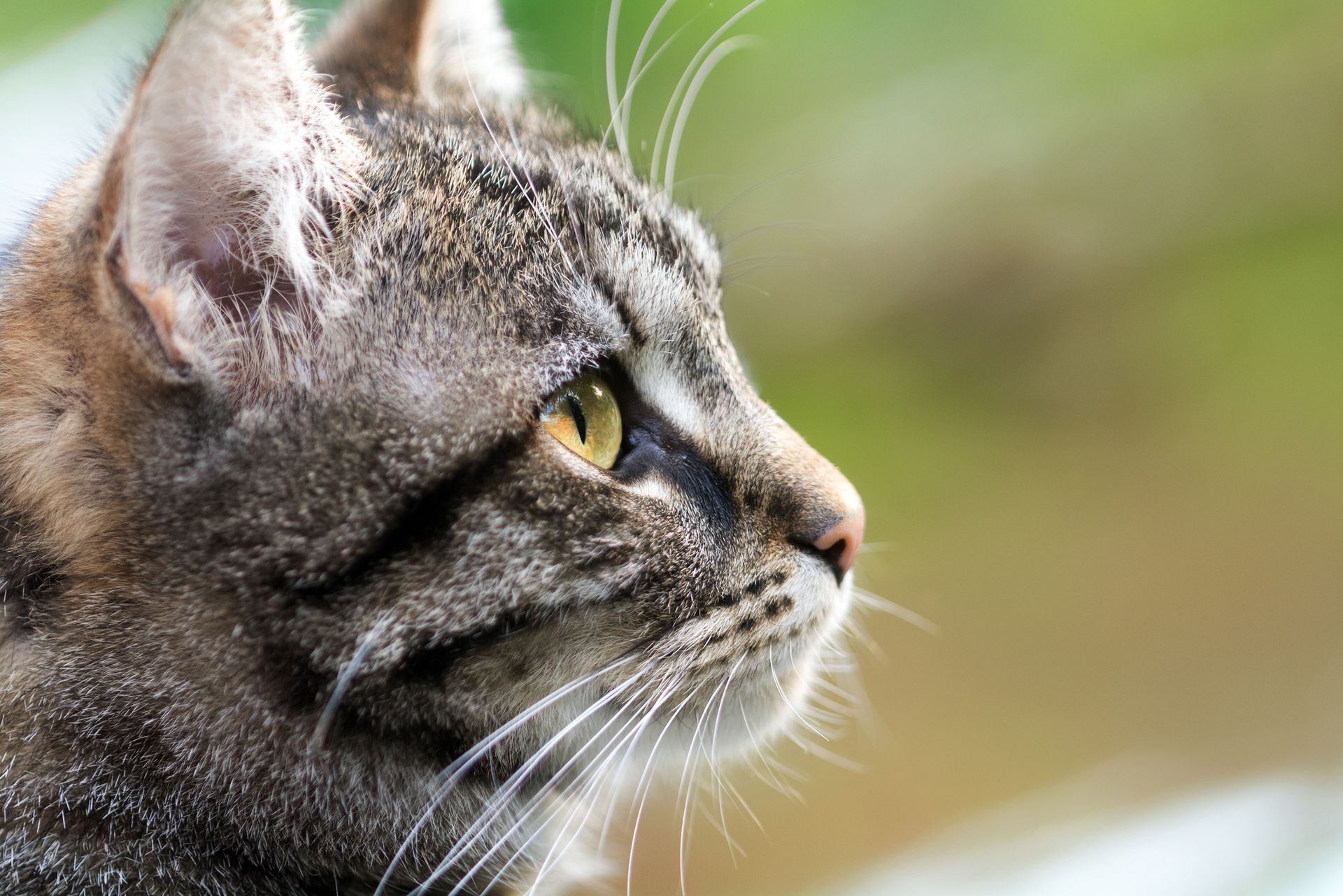Understanding Stud Tail in Cats

Cats are known for their beautiful and well-groomed coats, but sometimes, they can develop certain conditions that affect their fur and overall appearance. One such condition is stud tail, which primarily affects intact male cats but can also occur in females.
Stud tail refers to a condition where the base of the tail becomes oily, greasy, and sometimes develops an unpleasant odor. In this blog post, find the causes, symptoms, and treatment options for stud tail in cats, providing you with a comprehensive understanding of this condition. You can then get your cat treatment so it can start feeling much better.
Causes of Stud Tail
Stud tail is more common in sexually mature male cats, especially those that have not been neutered. However, it can also affect female cats and neutered males in some cases. The condition is due to the overactivity of the sebaceous glands near the base of the tail.
These glands produce sebum, an oily substance that helps lubricate the skin and coat. When the sebaceous glands become overactive, they can produce excessive sebum, leading to stud tail.
Several factors contribute to stud tail. Hormonal imbalances, such as an increased production of androgens (male hormones), can trigger the condition. Stress, poor grooming habits, or unsanitary conditions may also play a role. Additionally, certain breeds, such as Persians and Maine Coons, may be more prone to developing stud tail due to their specific coat and glandular characteristics.
Symptoms of Stud Tail
Identifying stud tail in cats is relatively easy due to its characteristic symptoms. Discover the common signs to watch out for:
- Oily and greasy fur: The base of the tail appears greasy and may have a matted or clumpy texture. The fur in this area may also appear darker than usual.
- Odor: An unpleasant odor, often described as a musky or rancid smell, can emanate from the affected area. This odor is a result of the buildup of sebum and bacteria on the skin.
- Hair loss and skin irritation: Intense scratching or excessive grooming can lead to hair loss around the base of the tail. The affected skin may become red, inflamed, and irritated.
- Blackheads or acne-like lesions: In some cases, blackheads or pustules can develop near the tail base. These may be accompanied by itching and discomfort.
Treatment and Management
Treating stud tail involves addressing the underlying causes, managing the symptoms, and maintaining proper hygiene. Learn about some effective approaches.
Medical Treatment
Your veterinarian may recommend topical medications, such as shampoos or sprays containing antiseptic or degreasing agents, to help remove excess sebum and control bacterial growth. In severe cases, oral antibiotics or anti-inflammatory medications may be prescribed to alleviate inflammation and infection.
Grooming
Regular grooming is crucial for managing stud tail. Use a mild, hypoallergenic cat shampoo to cleanse the affected area, ensuring that you thoroughly rinse out the shampoo to prevent further irritation. Brushing your cat's fur regularly can also help distribute natural oils and prevent matting.
Environmental Modifications
Reduce stressors in your cat's environment, as stress can contribute to hormonal imbalances. Provide a clean and comfortable living space, offer enrichment activities, and ensure a balanced diet to promote overall well-being.
Veterinary Monitoring
Regular check-ups with your veterinarian are essential to monitor the progress of treatment and ensure that the condition is properly managed. They can provide additional guidance on specific care and treatment options tailored to your cat's individual needs.
If you notice any signs of stud tail in your cat, contact South Seattle Veterinary Hospital for an accurate diagnosis and a comprehensive treatment plan. With proper care and attention, you can help your cat overcome stud tail and restore their coat's health and luster.










